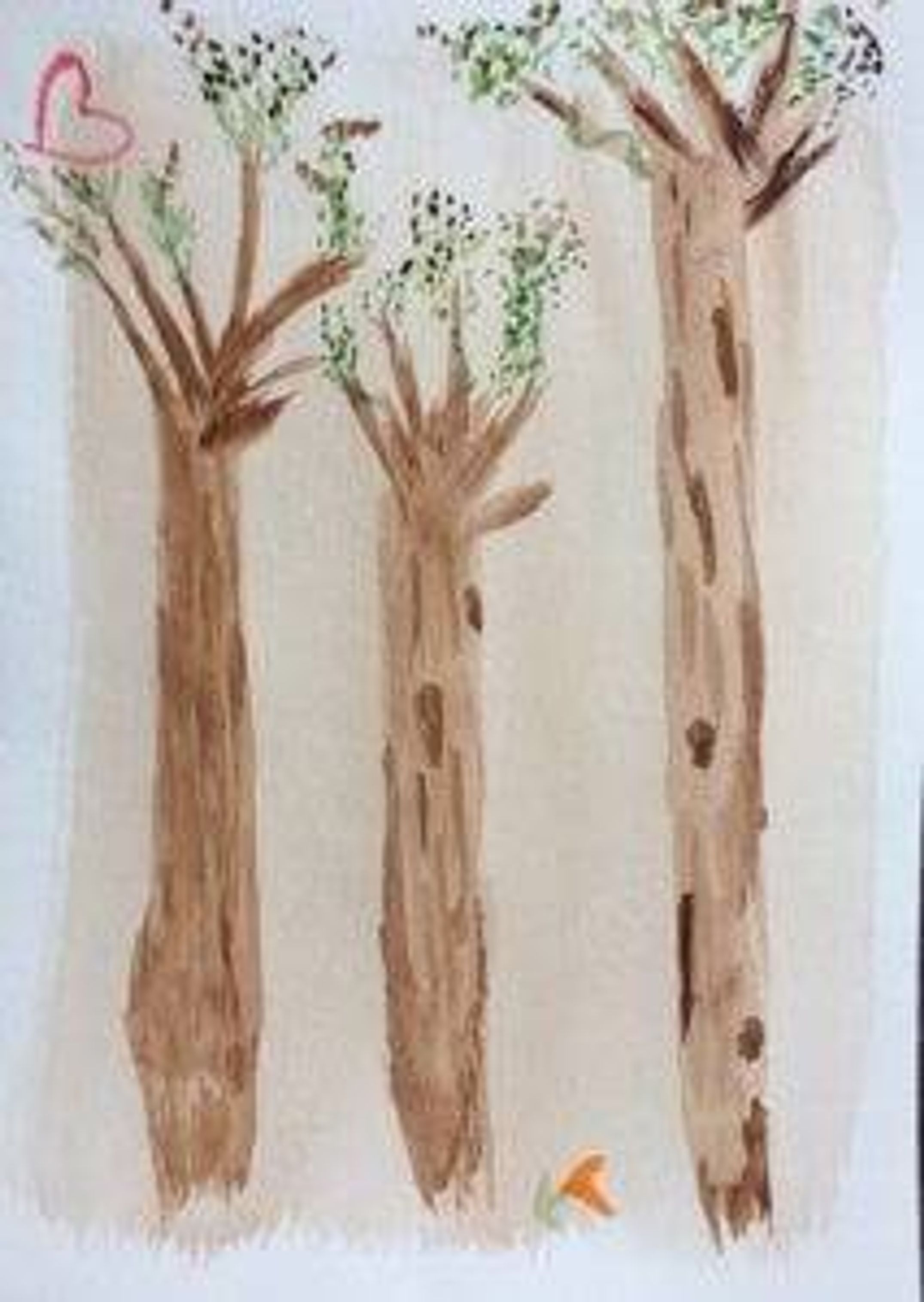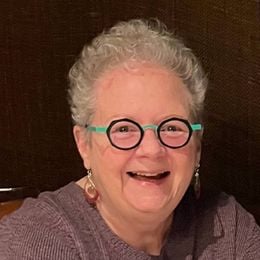Finding Fun and Relaxation Through Watercolors
A class for beginning painters with no right or wrong is freeing
What would Monet do?
I stare at the blank paper in front of me and call on the Masters: Claude Monet, Berthe Morisot, Georges Seurat, Mary Cassatt. I summon the spirits of Gustav Klimt and Georgia O’Keeffe. Mark Rothko, are you there?
Who am I kidding? I know a bit about art history, but all I can draw is a perfect whale tail and, sometimes, a reasonable likeness of Snoopy’s head. Period. Yet here I am, taking part in a three-hour creative art workshop in northern California.
Learning to 'Be' Instead of Always 'Do'
Five of us, ranging from age 50 to 80 and possessing different levels of artistic skills, are seated at a large table. Spread the length of it are oil pastels, watercolors (iridescent and otherwise), acrylic paints, colored pencils, felt-tip markers, glitter gel sticks, two dozen different brushes and assorted art paper.
Emmeline Craig leads the workshop. An established artist originally from Provence, France, Craig’s serene landscapes depicting water and land hang in homes and galleries across this country, in Asia, in Europe and in New Zealand. Since 2000, she has lived in Bolinas, Calif., a small seaside community in West Marin County. Craig owns The Blissful Gallery in nearby Stinson Beach.
Fueled by a desire to teach peace and harmony in a troubled world, Craig also is a life coach, and this creative art workshop combines both her gifts. “I believe in our natural blueprint there is bliss, a leaning to ‘be’ instead of always ‘do.’ We have to stop and admire, appreciate and feel,” she says. “Modern life strongly muffles this part of us in daily life, but in this workshop, it is welcome and honored.”
That appeals to me. I’m not looking to become an artist, just to try something completely new and have fun doing it. This workshop is not about technique, but about tapping into creativity, about play. Science supports this effort, especially for older people, as Next Avenue has written. And so I am sitting at this table, ready to indulge in what Craig promotes as a “joyful, creative exploration.”
Be a Tree
I peer at my 11 x 15 paper, now secured to the table with tape. Suddenly I recall being asked long ago to leave an adult education sewing class because once I had pinned the pattern to the fabric, I could not move ahead with the scissors. I banish the memory, because here, I am not stressed. Blank paper (or a computer screen) never intimidates me; I am always eager to fill it with words.

Here, I am ready to fill this paper with color. Tentatively, I wet a slender brush and dab at a glob of dried watercolor paint. Gently, Craig intervenes. ”First, use the broad brush to dampen the entire piece of paper,” she says. Oops. Who knew? I dampen the big brush and wet the paper. I go back to the green glob and then cover the paper with green paint.
Why green?
We have a theme: Be a tree. “The tree is you as you are, as you were, as you want to be,” Craig says. “Different parts of the tree — the roots, the trunk, the canopy — can represent different parts of you.” Carolyn, an integrative medicine consultant and educator who has had some experience with art therapy, likes that.
Later, she says, “The theme was specific enough to give you a head start, but you could be creative. I was surprised at what came out — I used colors I wouldn’t normally use and images I didn’t expect.”
In three hours, I paint four representations of myself. In two, I imagine that I inhabit the top of the tree trunk and am peering through the leafy canopy. In one, I am a tree admiring flowers (O’Keeffe heard my plea for help) and I paint vibrant blue California lilacs (Ceanothus Concha) and the glorious purple blossoms of the Pride of Madeira (Echium candicans).
In another representation of a treetop, I paint a cardinal. It looks like a flabby fish. I fiddle with it until it looks like a large red blob. We’ve been instructed to send our inner critics out on the deck, so I send mine away and boldly take another piece of paper to begin again.
“There is no right or wrong here,” Craig says.
One of my paintings, done horizontally, depicts three tree trunks with roots exposed, representing my decision to leave St. Louis after 62 years and move to San Francisco. I draw a small red heart near the roots and a small orange poppy across the page, near the tops of the trees.
Back in the room, my inner critic informs me that my tree trunks closely resemble squid with short tentacles. I agree. Gamely, I stipple in some green moss and brown soil that hangs from the roots. When I finish, Craig turns the page to a vertical view so the roots now resemble new growth at the tops of strong trees. I am delighted!
Creative Exploration = Exhilaration
After the class, my exhilaration lingers. I know things now that I didn’t know before. I had fun. And I am relaxed. I am not alone.
Here is Paul’s assessment: “The fact that the workshop was not structured and without a set goal was freeing. I had permission to color outside the lines, without fear of it being put on my permanent record.” A team leader with Habit for Humanity, Paul also notes that after spending the first hour sketching with a soft pencil, he grabbed the watercolors, something he’d never considered trying.
Enid, who sings with several choirs and plays piano, also experimented with the art supplies. “I felt like an 'after-glow' had come home with me, a feeling of calm and satisfaction. Just playing with colors felt in some way fulfilling,” Enid says. “The surprise was when I realized that three hours had felt like 20 minutes. The sense of time had vanished.”
Craig isn’t surprised at the positive responses. “Guided, focused work — without any other expectation than creative exploration — does wonders for anyone,” she says. “Everyone can benefit greatly when the goal is simply the making of art.’
Next Avenue Editors Also Recommend:


